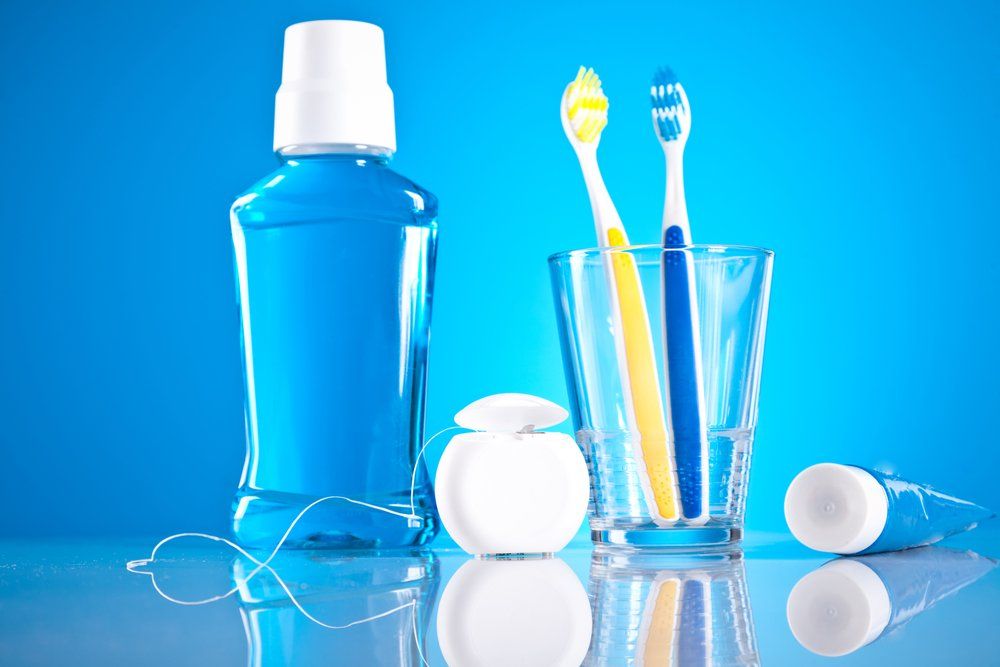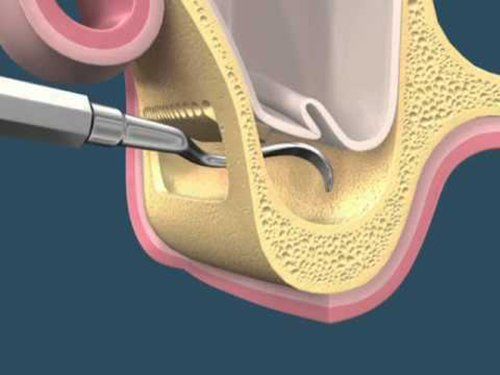
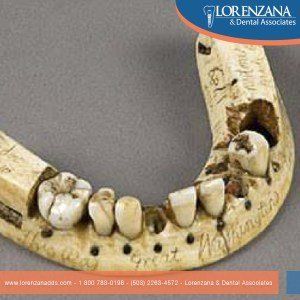
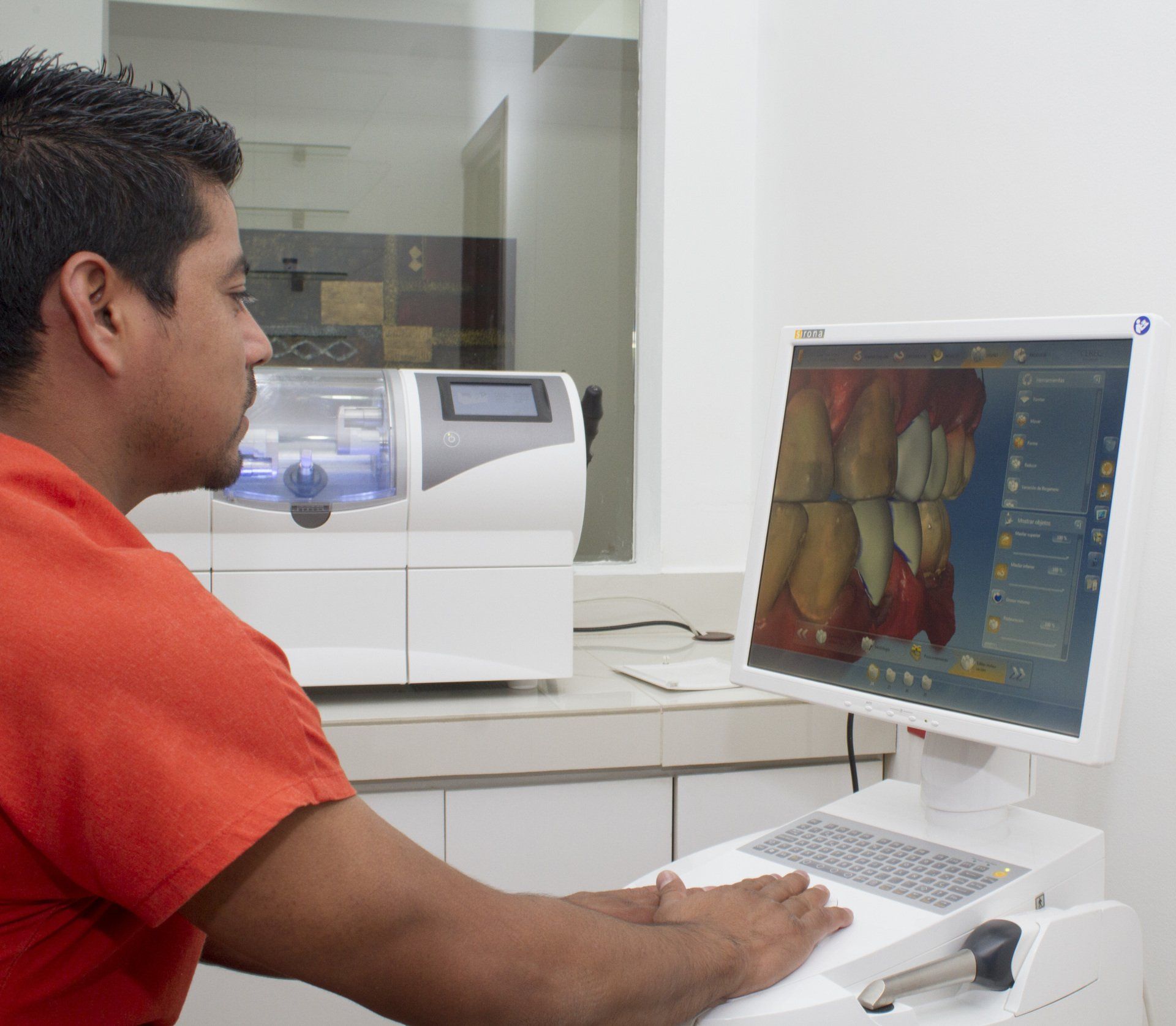
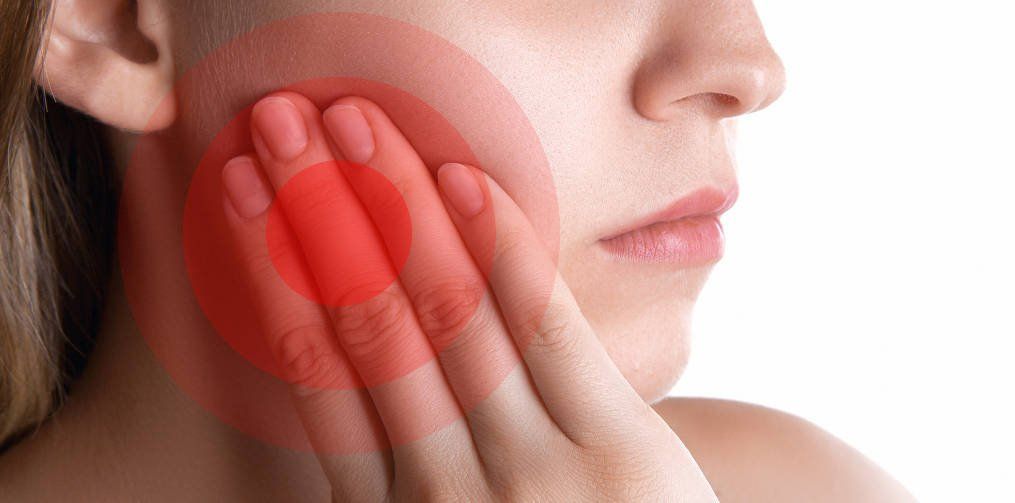
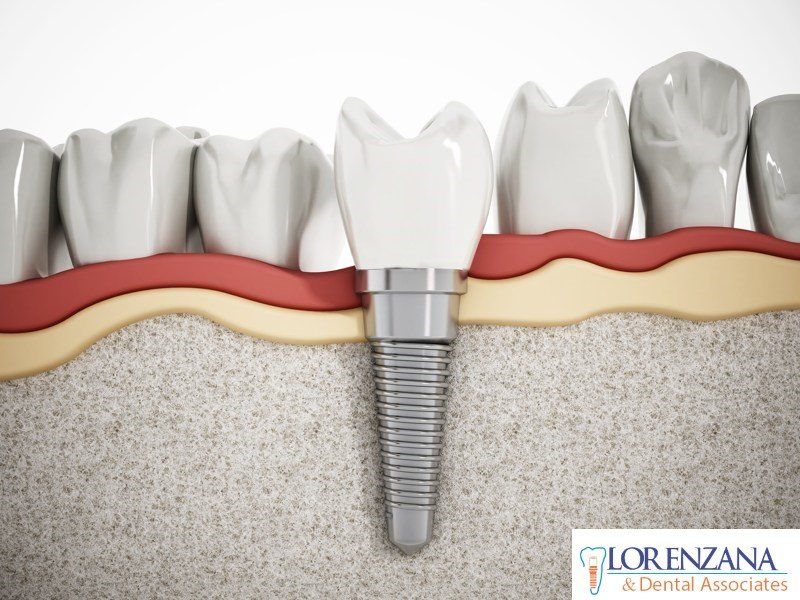
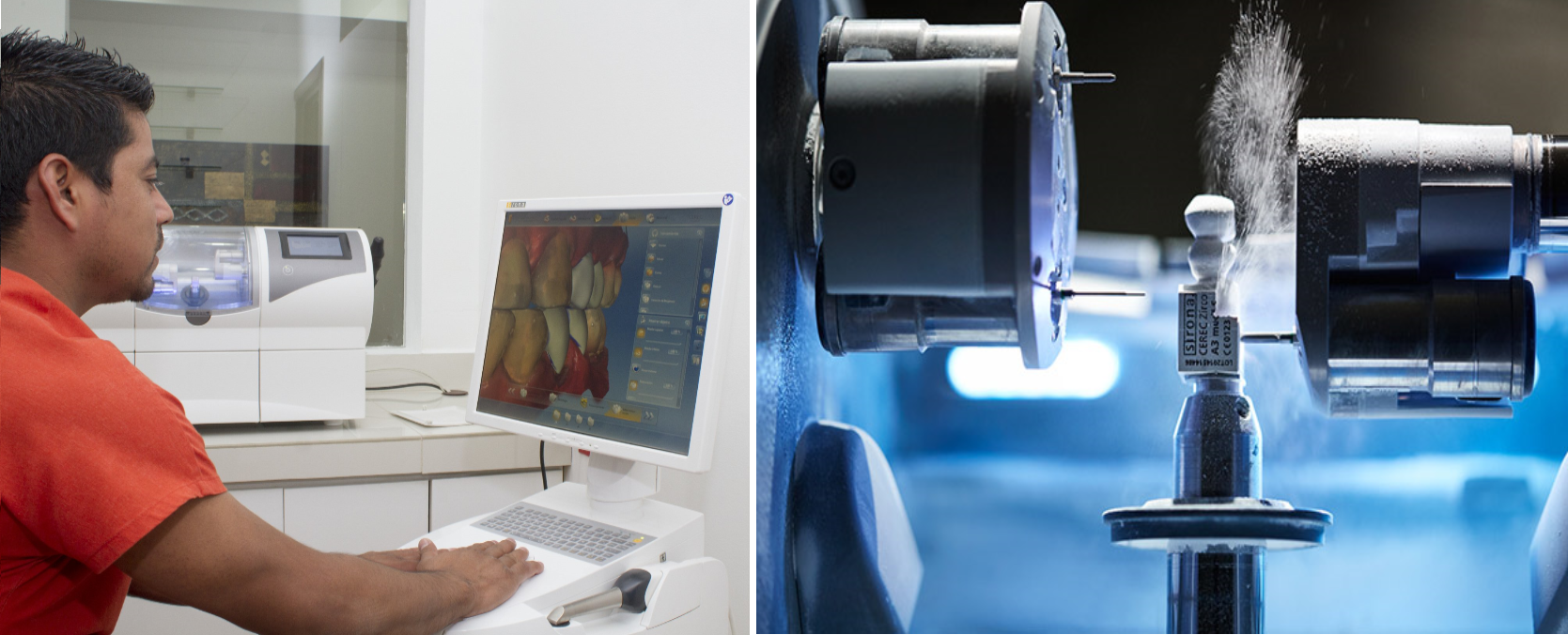
In our last blog , we talked about the history of our innovative CEREC system for dental restorations in a single visit. This time, we will follow up with a comparison between CEREC and the traditional techniques used to fabricate dental restorations.
Traditional methods to fabricate dental restorations require the use of impression trays to create "molds" to give shape to preliminary restorations that will then be used in the fabrication of definite fixed restorations.
Taking impressions can prove to be one of the more challenging procedures in dentistry since its accuracy depends not only on using the right impression materials but also on other factors such as the careful handling of soft tissues around the area. Results can be inaccurate if not enough care is taken to avoid empty spaces, tears, and so on.
After the impressions have been taken, patients must be provided with temporary restorations that are acceptable in terms of aesthetics, strength, and compatibility.
Using the impressions, dies and models are poured carefully, and the laboratory technician waxes up and casts a metal restoration or substructure where he/she places and bakes ceramic material until an esthetic restoration is produced. Regardless of the specific technique, the technician must be meticulous.
Now, in terms of advantages to patients that get restorations made with traditional laboratory techniques:
Using the CAD/CAM technology in our CEREC system, the whole process of providing restorations is simplified.
Instead of the often annoying impression trays, a digital scanning device is used to record the structure of the restorations in progress. This step is certainly more automated than in the traditional techniques, but it still requires great care with factors such as the handling of soft tissue. After the impression is taken, the technician will be able to see the model on the computer screen and modify any necessary details to make sure it is optimal for the restoration that needs to be fabricated. The restoration will then be custom-milled by the CEREC system using 100% ceramic material.
So, some advantages of CEREC are the following:
SOURCE: Innovation in Dentistry: CAD/CAM Restorative Procedures - James Klim and Edward B. Corrales

En nuestro último blog
, hablamos un poco acerca de la historia de nuestro innovador sistema CEREC para restauraciones dentales en una sola visita. En esta ocasión, continuaremos con el tema general y compararemos el sistema CEREC con las técnicas tradicionales de elaboración de restauraciones dentales.
Los métodos tradicionales para la fabricación de restauraciones dentales requieren el uso de bandejas de impresión para crear "moldes" y así darle forma a restauraciones preliminares que serán utilizadas en el laboratorio para producir las restauraciones definitivas.
La toma de impresiones es una de las tareas más complicadas en odontología ya que su precisión depende no sólo del uso de los materiales adecuados sino también de varios otros factores, como la manipulación adecuada del tejido blando de la boca (como las encías). Los resultados pueden ser imprecisos si no se tiene suficiente cuidado para evitar espacios vacíos, rupturas, etc.
Una vez las impresiones han sido tomadas, se deben dar a los pacientes restauraciones temporales que sean aceptables en términos de estética, resistencia y compatibilidad.
Utilizando las impresiones, los colorantes y materiales deben ser vertidos cuidadosamente y el técnico del laboratorio hará un modelo de cera y luego una estructura de metal ya completa o una semi-terminada que se finalizará con material de cerámica sobre ella para producir una restauración estética.
En cuanto a ventajas para los pacientes que obtienen restauraciones dentales hechas con las técnicas tradicionales de laboratorio, se puede decir lo siguiente:
Utilizando la tecnología CAD/CAM en nuestro sistema CEREC, el proceso de proveer restauraciones dentales es simplificado.
En lugar de las frecuentemente molestas bandejas de impresión, un dispositivo de escaneado digital es utilizado para grabar la estructura de las restauraciones en progreso. Este paso es sin duda más automatizado que en las técnicas tradicionales, pero aún así requiere de gran cuidado con factores tales como la manipulación de tejido blando. Una vez la impresión es tomada, el técnico podrá ver el modelo en la pantalla de la computadora y modificará cualquier detalle que sea necesario para asegurar que el modelo sea óptimo para la restauración que se debe fabricar. Después de eso, la restauración personalizada será tallada por el sistema CEREC usando 100% cerámica.
Entonces, estas son algunas ventajas de CEREC:
FUENTE: Innovation in Dentistry: CAD/CAM Restorative Procedures - James Klim and Edward B. Corrales
